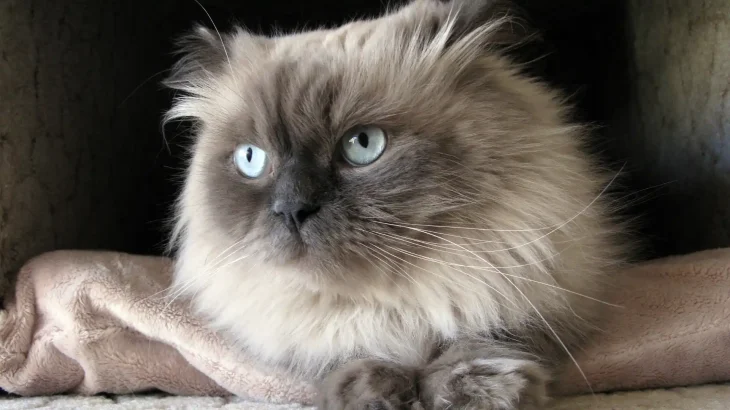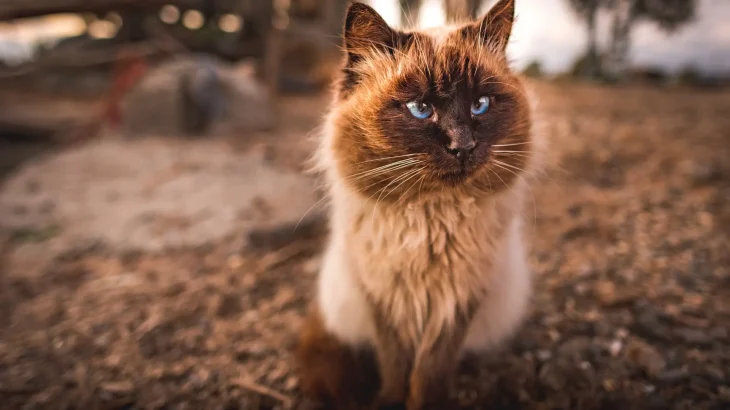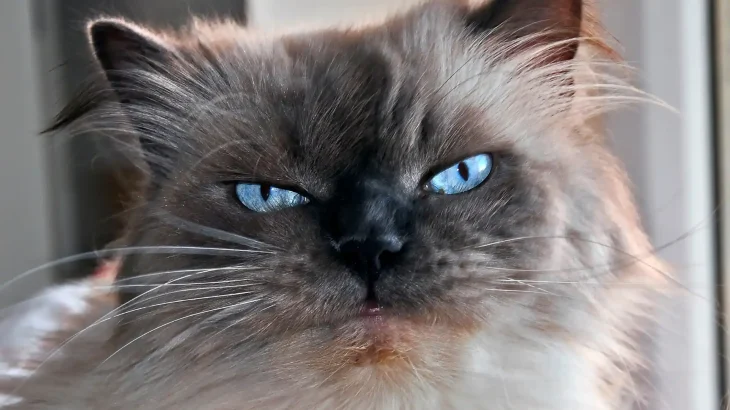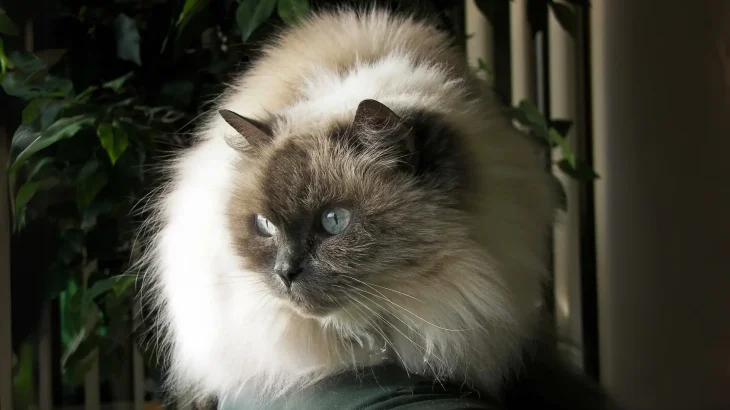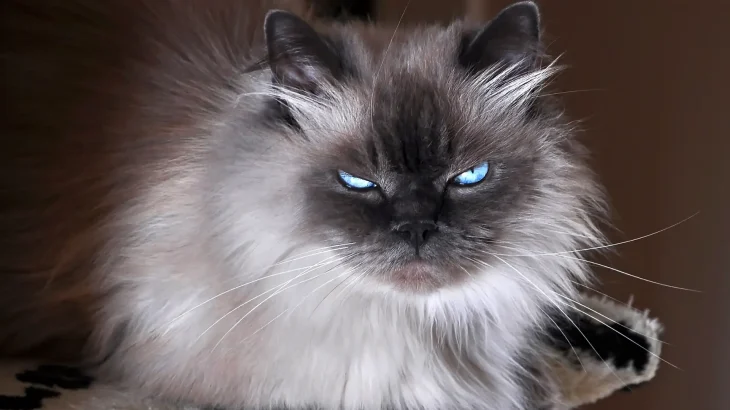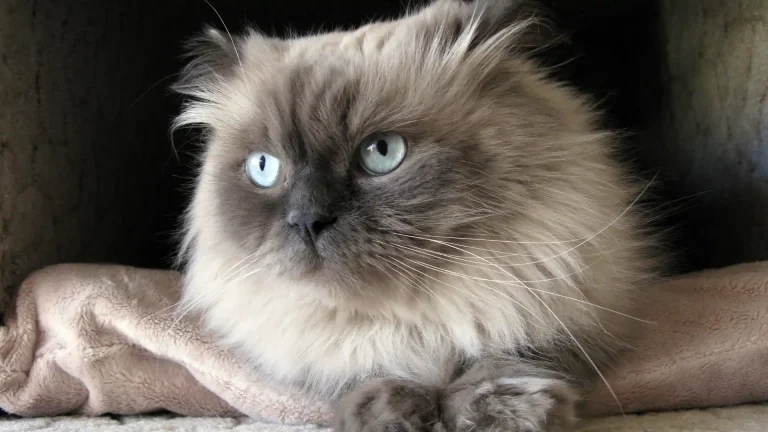When deciding whether to bring a Himalayan kitten into your home, you might wonder if it's better to adopt or purchase from a breeder. Buying from a breeder often provides more detailed health history and pedigree information, while adopting gives you the chance to offer a loving home to a cat in need—sometimes at a lower cost. Both options have their merits depending on what matters most to you.
| Criteria | Buying from Breeder | Adopting from Shelter/Rescue |
|---|---|---|
| Cost | Higher initial cost, often several hundred to a few thousand dollars due to breed purity and care. | Lower adoption fees, usually covering vaccinations and spaying/neutering. |
| Health History | Comprehensive health records and genetic screening typically provided. | Health history may be limited or unknown, but basic health checks are performed. |
| Age Availability | Usually offers young kittens, allowing you to raise them from an early age. | Offers a wider range of ages, including adults and seniors. |
| Temperament Insight | Breeders can provide insights on breed traits and kitten temperament. | Shelter staff may share observations, though full history is often unknown. |
| Supporting Practices | Supports breeders maintaining breed standards; important to seek ethical breeders. | Supports animal welfare by rescuing cats and reducing shelter populations. |
| Ethical Considerations | Risk of supporting unethical breeding if not carefully vetted. | Encourages providing homes for homeless or abandoned cats. |

